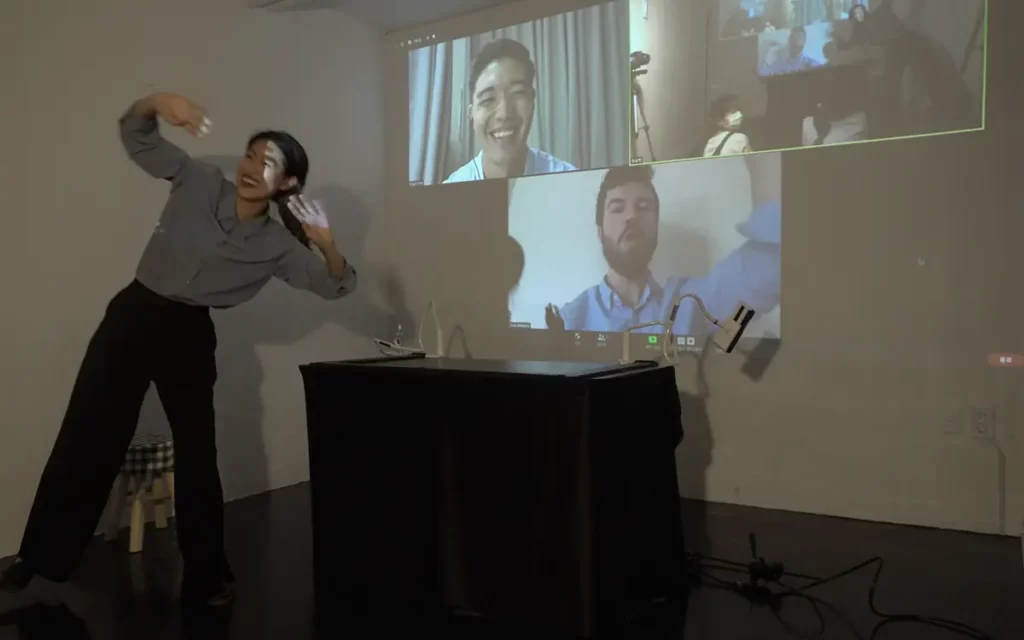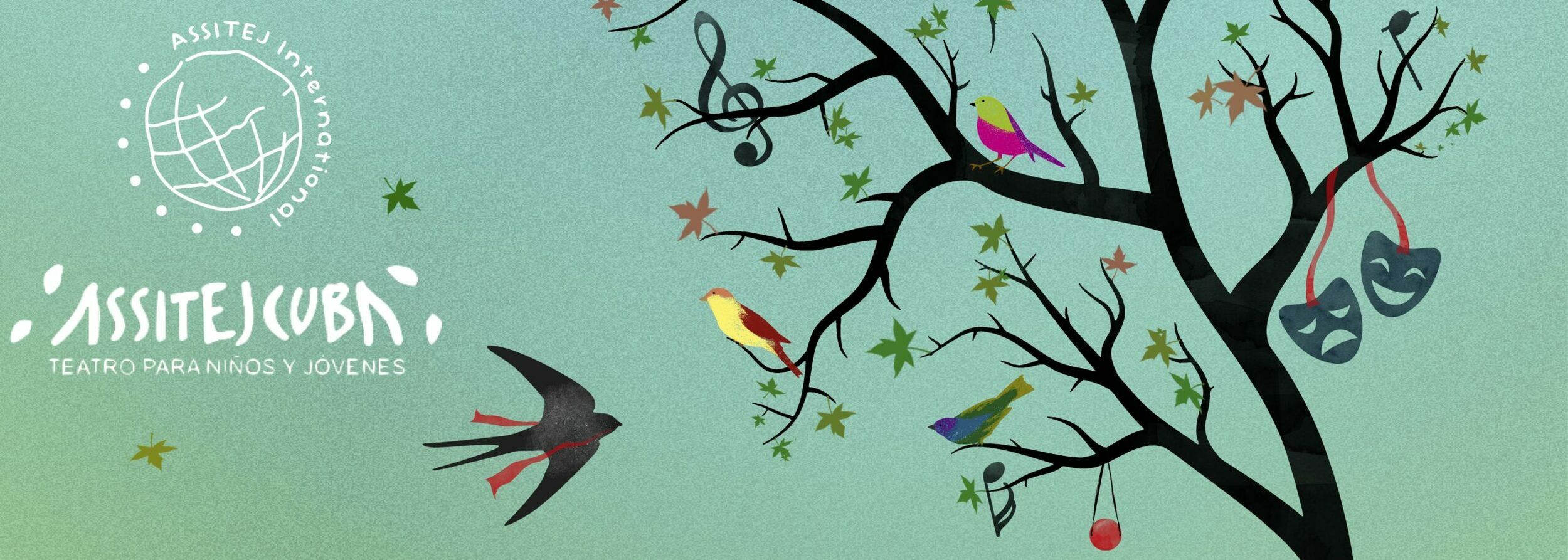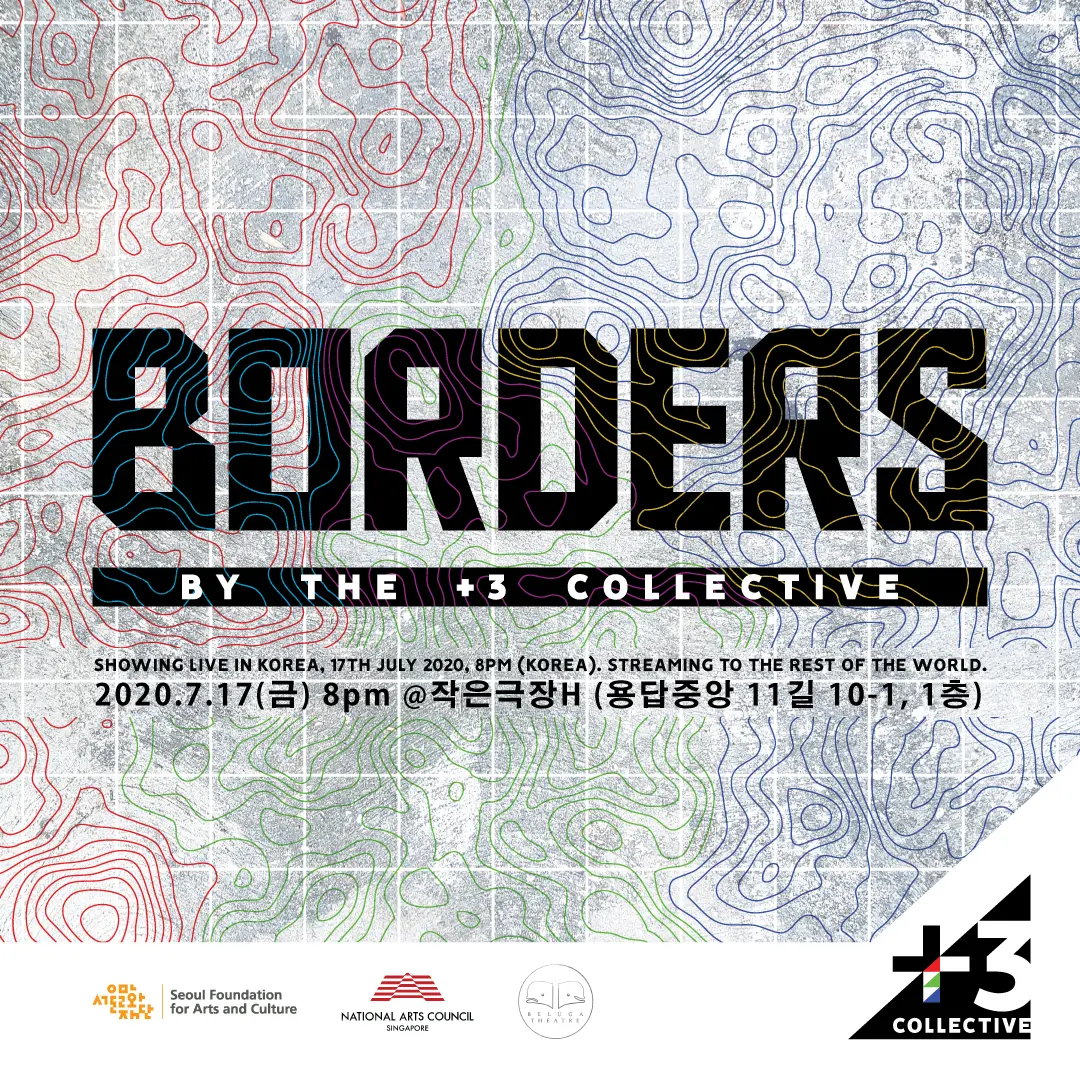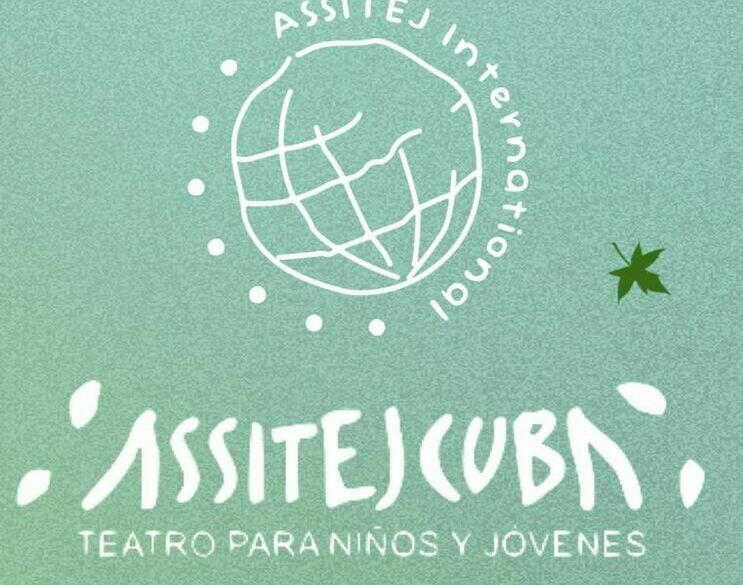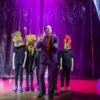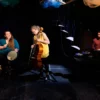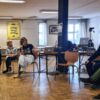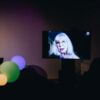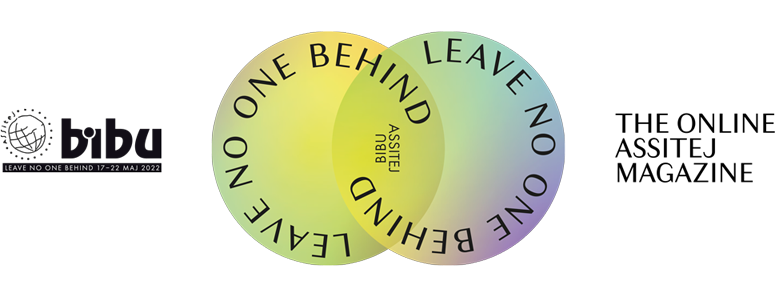By Bright Ong
Live theatre and performance-making has been through quite the tumbler since the pandemic. And whether we love it or loathe it, digitalisation is part of our lives more than ever before. Whilst most of us are glad about the return of live performances, there’s still mild dread that the technologies we’ve adopted since, are here to stay. As it grows in our ecosystem, we can choose to ignore it, or eventually get made irrelevant by it. My hypothesis is: Don’t discount it just yet!
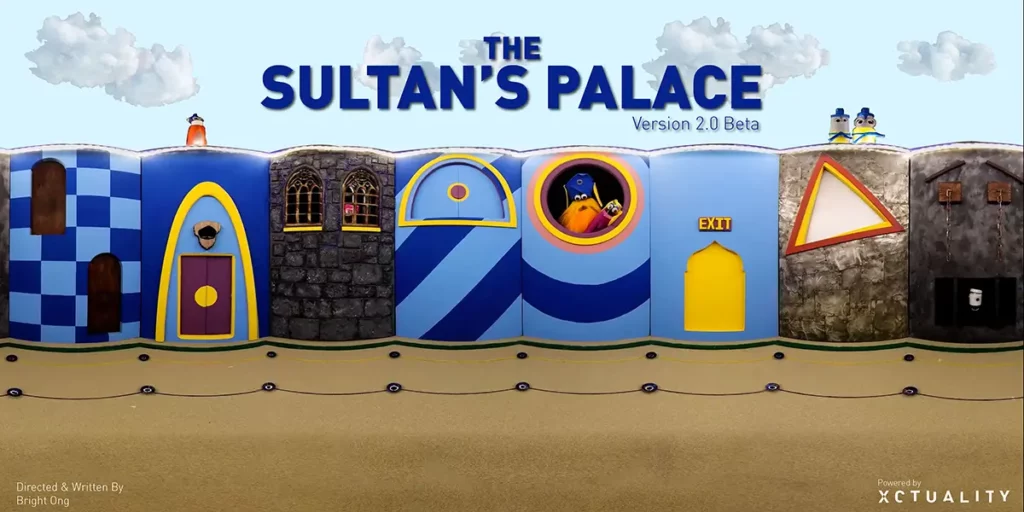
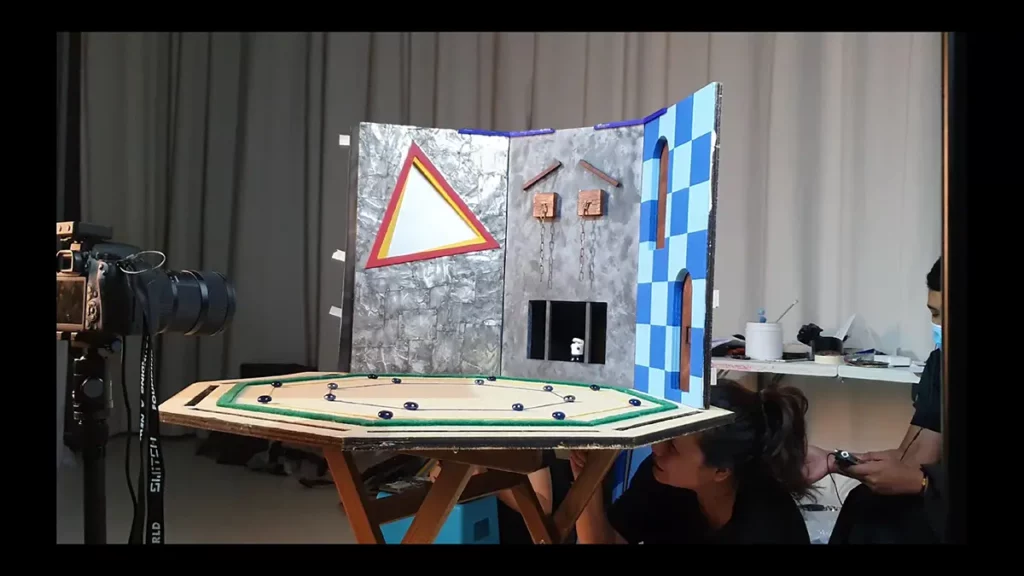
An experiment I dove into during the lockdowns in 2020, was to try porting over a key tenet of making live TYA – giving children agency. I was inspired by my dear friend and director, Dave Brown of The Paperboats (Australia).
But how was I to do that digitally?
It began with my international colleagues, Oisín Robbins (Rep. Ireland) and Hyemin Han (South Korea). Having met at the start of 2020 at the ASSITEJ Korea K-PAP Winter Festival, we formed the +3 Collective, and spent our lockdowns “e-meeting” weekly for 5 months on Zoom.
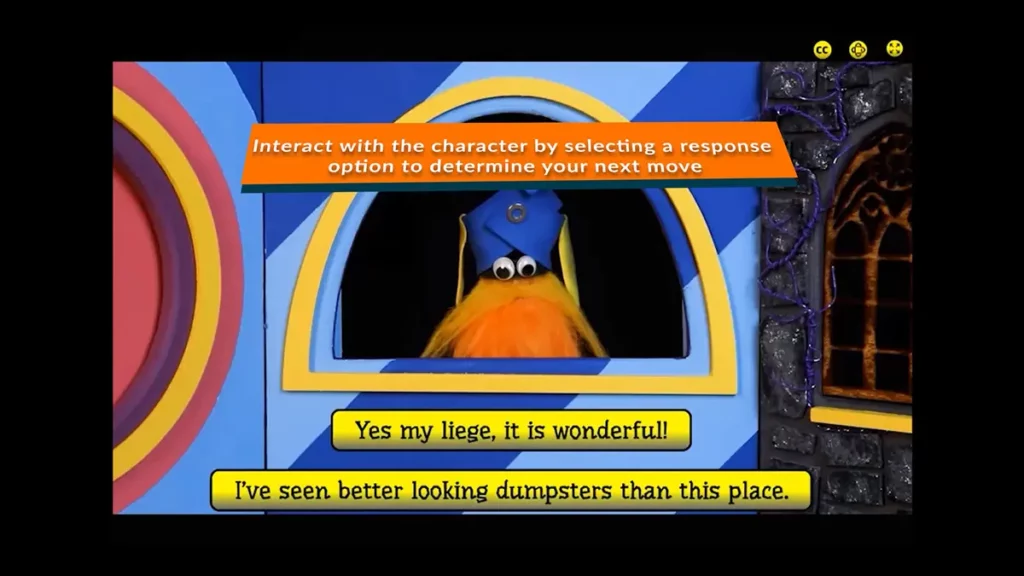
The result was a truly collaborative effort, where we debuted our show “BORDERS” in South Korea in 2020 – live audience in situ, global audience online. The second version of the show in 2021 took place fully online, at the Galway Theatre Festival (Rep. Ireland).
The shows were an interesting exercise in what it meant to create digital theatre for young audiences, who were undeniably experiencing a huge paradigm shift. In the first version of the show, we utilised Whatsapp video calls to create a truly live performance, where the children could have interactive agency with Oisín and me, who were in Belgium and Singapore respectively. Refusing to believe this, children kept asking Hyemin (who was there with them in person) when we would come out of hiding once the show was over! This was a positive sign for independent artists like us. Technology empowered us to pull off this international effort without the immense logistics and capital needed in a conventional live version.
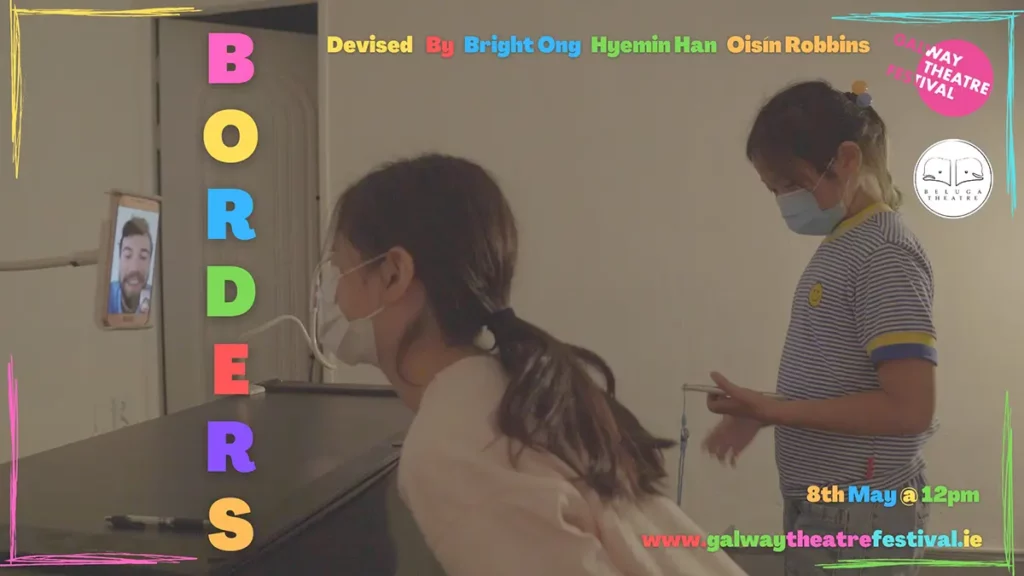
Emboldened by the possibilities of “digital theatre”, another idea for a new concept arose.
That’s how “The Sultan’s Palace ver 2.0 Beta” was born. A choose-your-own-adventure-360-live-action-puppet-show, it debuted at the Newcastle Puppetry Festival’s Scratch Space (UK) in 2021. Again, technology seemed to be the way forward, getting the work of an independent artist across shores, and across traditional performance spaces. It gave agency of choice to children within the show, to the extent they could literally plot their own journeys in-show. And while we did everything we said we would, there was a major flaw in reaching out to a global audience.
In a focus group, where I invited puppetry creatives and theatre producers to critique the show, one of them rightly pointed out that internet poverty was a real issue. A show like this could only benefit those with the privilege of internet access. You can imagine the absolute horror I had towards myself for taking internet infrastructure for granted.
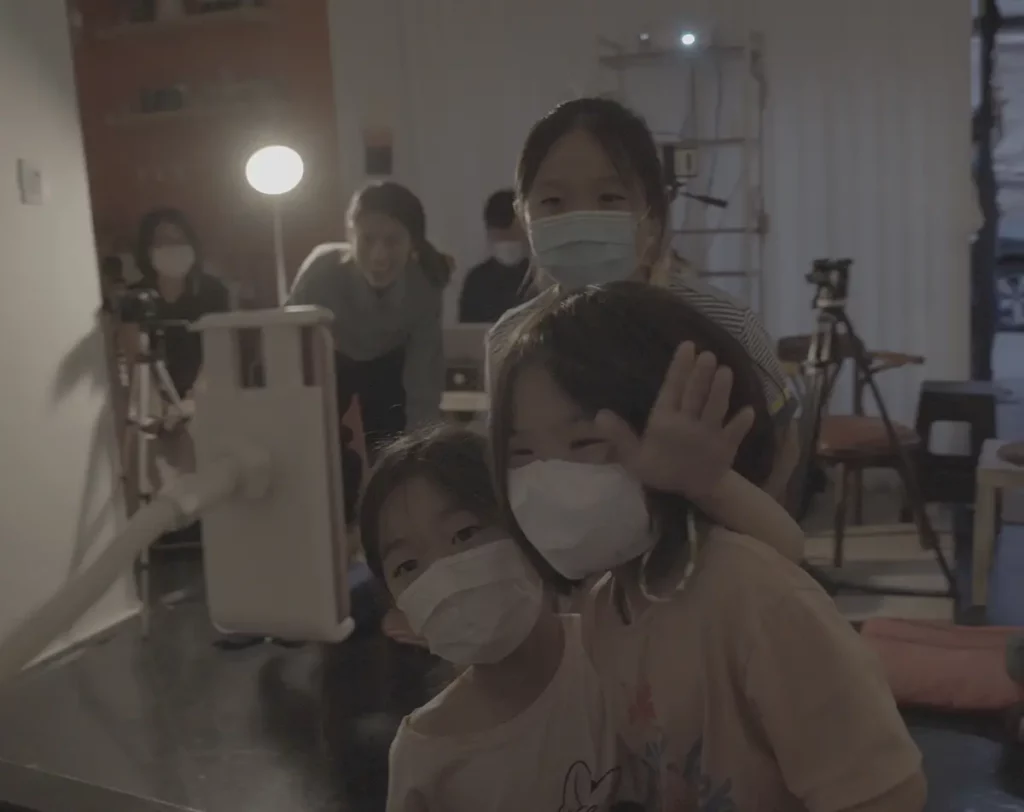
Live theatre returns for now, thankfully. While digital theatre was mostly a dud (let’s be honest, most people would rather watch a movie), there have been promising attempts at gamification and incorporating AI. Whether it’s seeing first person perspectives of actors on stage, or attending concerts as an avatar, the possibilities are endless. The film world has already employed these changes with varying degrees of success, and the tech will only get more refined and accessible.
With the push to upgrade tech literacy worldwide, audiences’ tastes are also shifting in its favour. The new generation of young audiences will be born into these technologies, and inevitably intertwined.
A good number of us not living in the future, have had to rewire our live performance brains to understand the mechanics of performance-making in the digital scape. Understandably, theatre-makers are still resistant to digital technologies post-pandemic. But going forward, it is perhaps more useful to focus on what our audiences want and need.
Art reflects life, and who knows what it’ll look like in the future? Of course, the beating heart of theatre is the essence of a human-driven performance. But it does seem like technology will be in the veins of our future audiences. Video may have killed the radio star, but with adaptive attitudes, we may not have to witness the murder of another medium.
Bio: Bright is a performance-maker and puppetry creative who hails from Malaysia and Singapore. He finds much joy in creating all manners of live performances, especially a good piece of TYA or puppetry.
